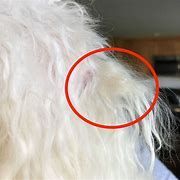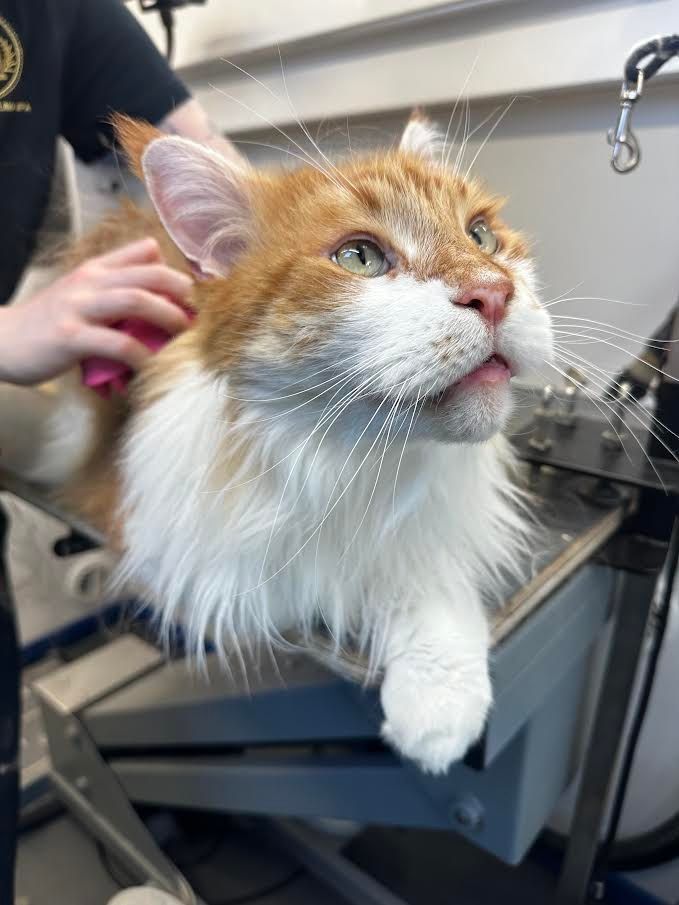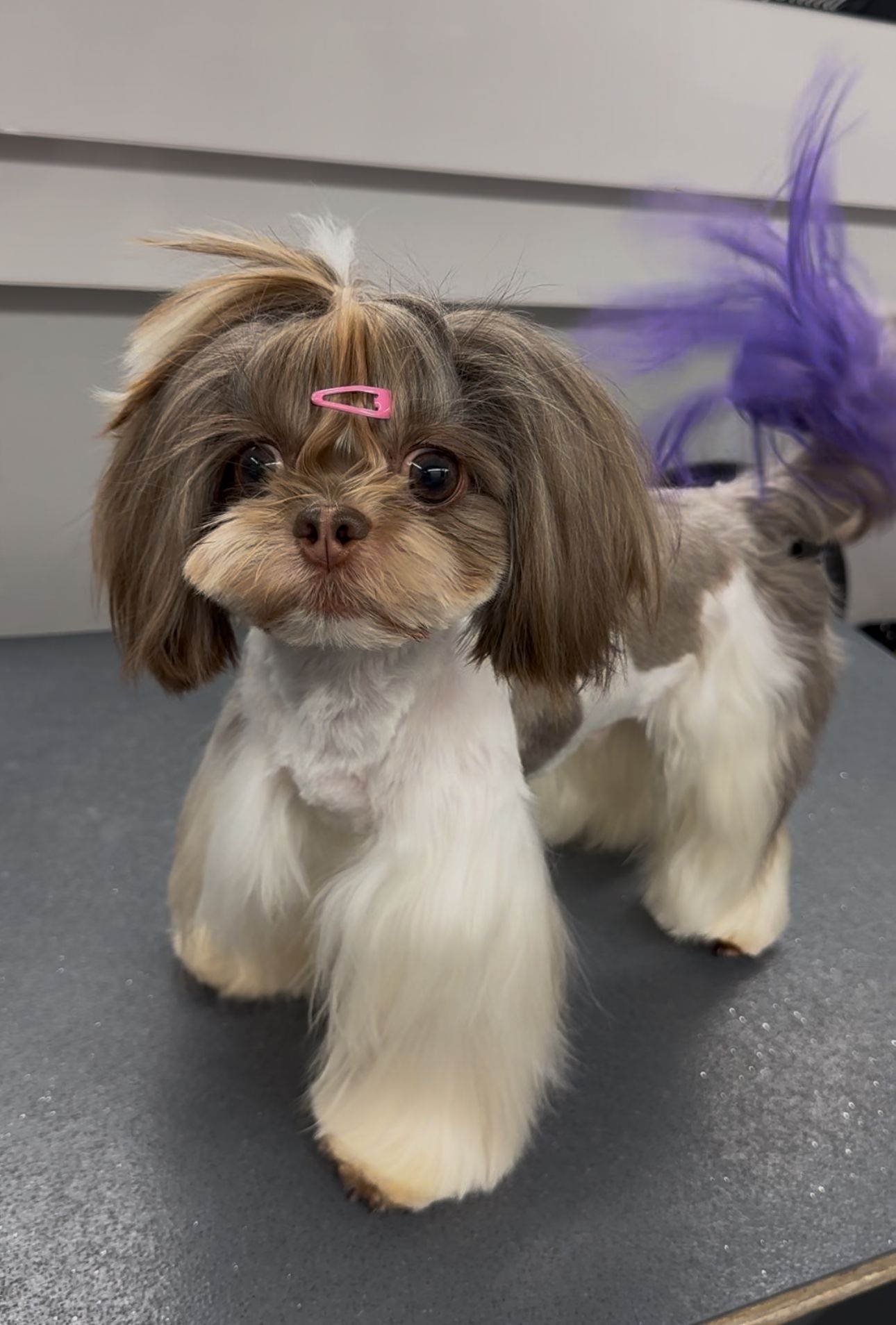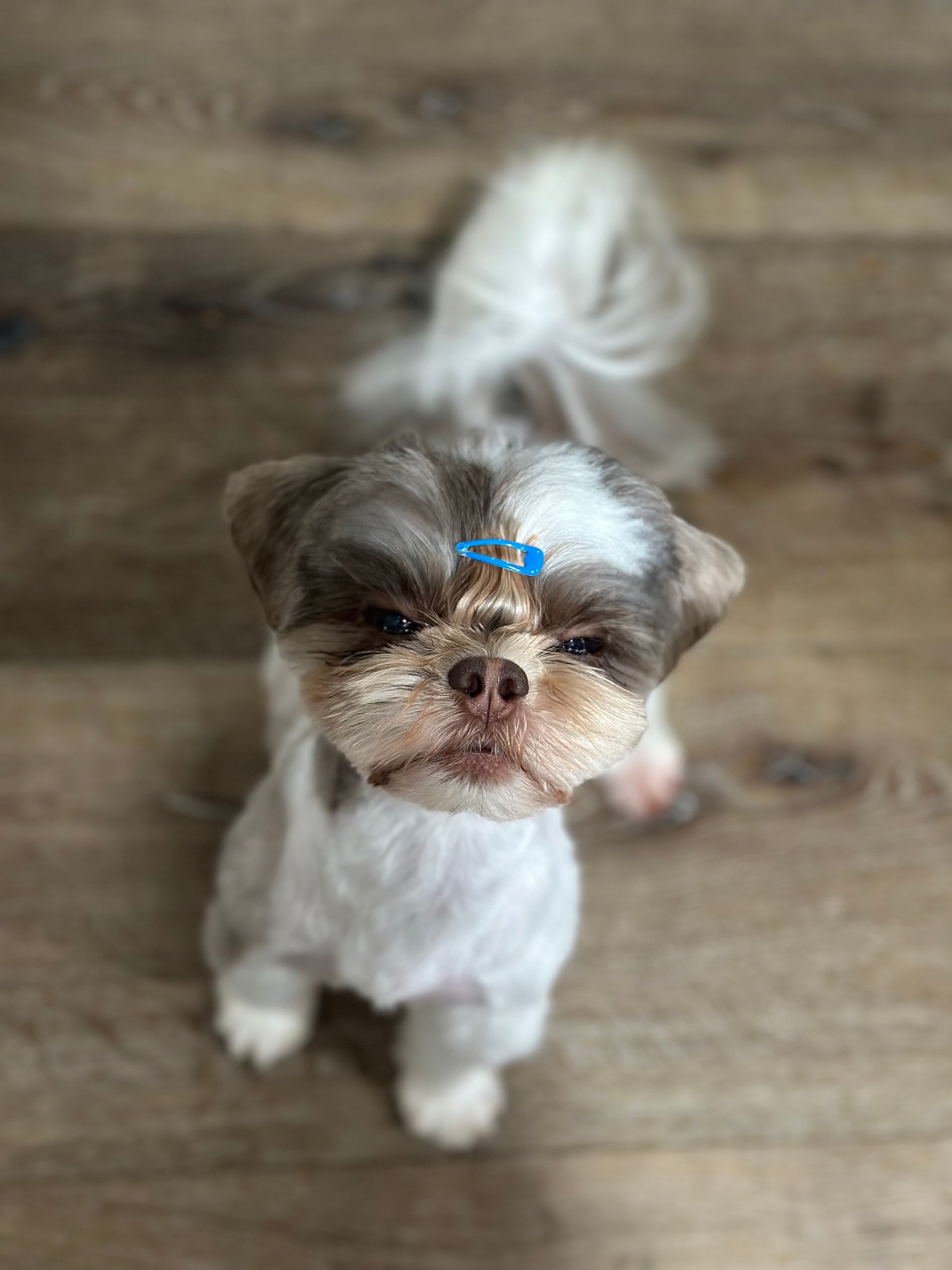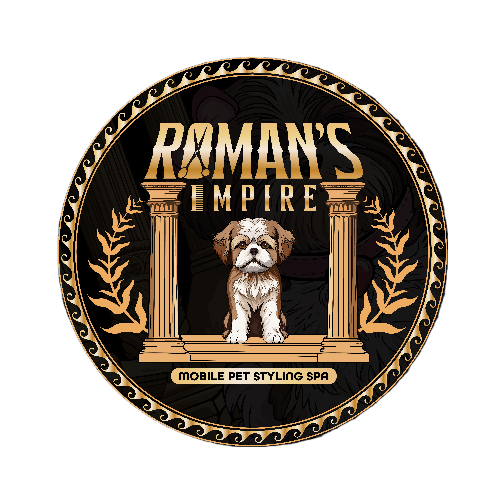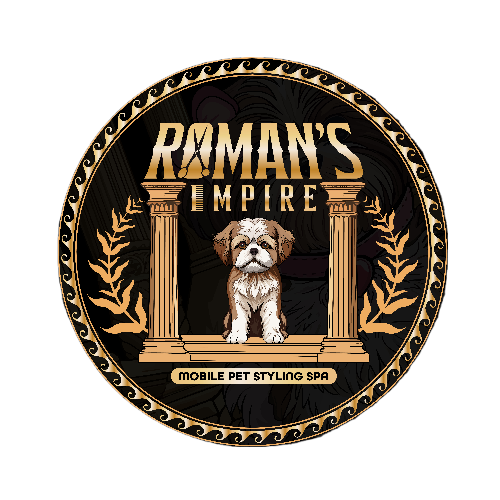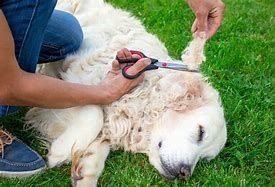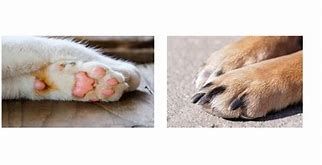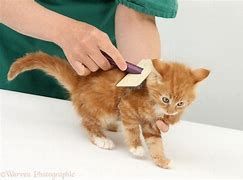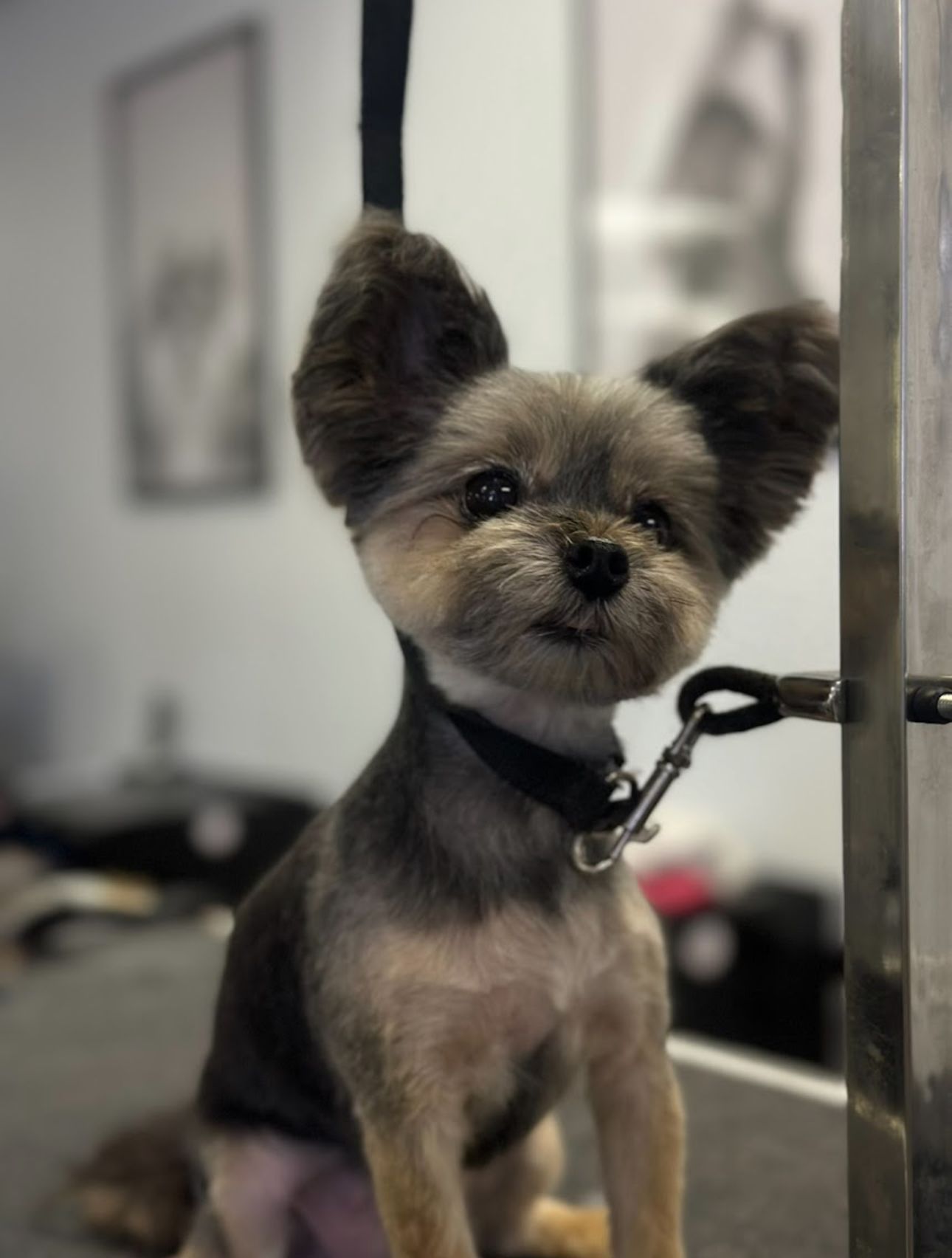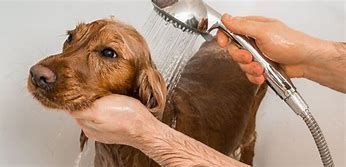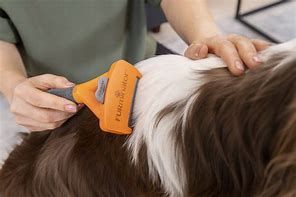Grooming Senior Pets: Age Isn't Just a Number
Senior pets hold a special place in our hearts — they’ve given us years of loyalty, laughter, and unconditional love. But just like people, their needs change with age — and grooming is no exception.
What worked a year ago might not work today. And sometimes, a pet that’s been groomed regularly for years may suddenly seem fearful, sensitive, or intolerant — even if nothing “bad” happened.
So, what gives?
Grooming Isn’t Just Physical — It’s Physiological
We often think of grooming as a routine task: bath, brush, haircut, done. But in reality, grooming is a full-body experience that requires stamina, flexibility, and stress tolerance — all of which naturally decline as dogs age.
Even if your senior dog looks healthy on the outside, aging often brings hidden changes:
- Arthritis or joint pain
- Reduced vision or hearing
- Neurological changes
- Heart or organ conditions
- Increased sensitivity to touch, vibration, or sound
These underlying shifts may not show up until your pet is on the grooming table — where standing, shifting positions, or holding still becomes harder than it used to be.
Learn how grooming can exacerbate or agitate underlying and preexisting conditions.
A Pet Groomed Weekly for Years Can Still One Day Struggle
This is one of the hardest truths for pet parents to understand: just because your dog or cat has been groomed their whole life doesn’t mean they’ll always tolerate it the same way.
The dog hasn’t changed behaviorally — they’ve changed physiologically.
Some common signs we see in aging dogs:
- Shaking, panting, or whining when they never used to
- Difficulty standing for long periods
- Flinching or snapping during brushing or drying
- Sudden anxiety during handling
- Needing more breaks or refusing parts of the groom
This isn’t misbehavior. It’s the body saying “I can’t do this the way I used to.”
Learn why shaking and resistance is a normal response.
Senior Isn’t a Specific Age — It’s a State of Being
There’s no one-size-fits-all definition of a senior dog:
- Small dogs may be considered senior around 10–12 years
- Large breeds can enter senior status as early as 7–8 years
- Giant breeds may show signs even sooner
The definitions of a senior cat:
- Mature Adult: 7–10 years old
Beginning of the senior stage. Cats may still seem young and active, but subtle health and grooming changes begin here. - Senior: 11–14 years old
More noticeable aging occurs — decreased grooming, dental issues, joint stiffness, and lower tolerance for stress or handling. - Geriatric: 15 years and older
Cats at this stage often have chronic conditions like arthritis, kidney disease, or hyperthyroidism. Their mobility, skin, and coat quality decline significantly, making professional grooming more essential — and more delicate.
But just like people, animals age differently. Some 10-year-olds are spry; others are fragile. That’s why we treat each senior individually — not based on age alone, but on tolerance, health, and comfort.
Grooming Modifications for Senior Pets
At Roman’s Empire, we adjust everything — from timing to techniques — based on what your senior dog can realistically handle. That might include:
- Shorter sessions or split appointments
- Skipping non-essential elements of the groom
- Using slower, quieter equipment
- Supportive handling to ease pressure on joints
- Recommending less frequent haircuts, but more frequent bathing or brushing
The goal is comfort and dignity, not perfection.
Modifying Grooming for Elderly Cats
At Roman’s Empire, we prioritize feline comfort above all else. While the above is applicable, senior cats may not tolerate a full groom, so we also adjust based on what they allow:
- Dry or waterless options if full bathing is too stressful
- Mat removal only for elderly cats who can’t manage a full session
- Minimal handling and low-vibration tools
- Paw, nail, and sanitary trims for mobility-challenged cats
Some cats can only tolerate 5–10 minutes at a time — and that’s okay. The goal is never a perfect look, but a cleaner, healthier, more comfortable cat.
For a better understanding of what professional grooming involves and how it affects your pet, click here.
When Senior Pets Are New to Grooming
If your senior pet is only now starting professional grooming, it’s important to know that the adjustment may be harder. Without early exposure and conditioning, the grooming process can feel more stressful — physically and mentally.
Learn more in:
What Happens When You Start Professional Grooming Later in Life
Be Gentle with Expectations
Even the most experienced, compassionate groomers can only do so much if a pet’s body or brain says, “Not today.” That doesn’t mean anyone failed. It means the groomer listened.
We won’t push a senior past their limits just to meet a visual expectation. That’s not care — that’s cruelty. We’re here to preserve quality of life, not push for aesthetic perfection.
When Is It Time to Stop Grooming Altogether?
Sometimes, grooming becomes too risky for a pet’s health. We’ll always tell you when we believe your pet’s well-being outweighs the benefits of a groom. We may recommend vet-assisted grooming or a modified maintenance schedule. In extreme cases, grooming may need to be discontinued entirely.
That’s never an easy conversation — but it’s one rooted in honesty, compassion, and respect for your pet’s well-being.
Final Thought: Grooming Seniors Is a Privilege
To care for an aging dog is to walk them gently through their final chapters — with softness, patience, and presence. Grooming is a part of that. Not to make them pretty, but to keep them clean, comfortable, and respected.
We’re honored to be a part of your pet’s golden years.
